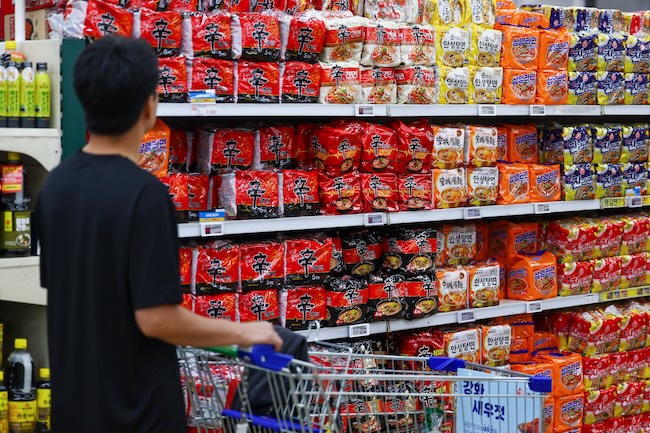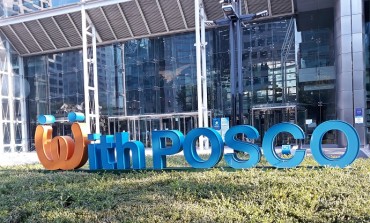
Rising exchange rates could push South Korea’s already elevated food prices even higher next year. (Image courtesy of Yonhap)
SEOUL, Dec. 9 (Korea Bizwire) – Rising exchange rates could push South Korea’s already elevated food prices even higher next year, experts warn, as the country’s heavy reliance on imported food ingredients makes it particularly vulnerable to currency fluctuations.
The won has weakened significantly against the dollar in recent weeks, with the exchange rate breaking through 1,400 won per dollar following Donald Trump’s election victory and further deteriorating amid political uncertainty surrounding President Yoon Suk Yeol’s martial law declaration and impeachment crisis.
The rate reached 1,442.0 won in early trading on December 4, with the weekly closing rate in Seoul’s foreign exchange market hitting 1,419.2 won – the highest level in 25 months.
The impact could be substantial for South Korea, which imported 18.38 million tons of food products worth $34.8 billion last year according to the Ministry of Food and Drug Safety. The country’s food self-sufficiency rate stood at just 49.3% as of 2022, among the lowest in the OECD, while its grain self-sufficiency has declined to 19.5% in recent years.
“Exchange rate volatility will increase going forward. We could see it surpass 1,430 won again, and then climb to 1,450 won,” said Ahn Dong-hyun, professor of economics at Seoul National University.
The currency weakness threatens to drive up prices across a wide range of everyday food items, from instant noodles and bread to meat, fruit and coffee. South Korea relies heavily on imports for key ingredients including wheat flour, palm oil, cheese, and coffee beans.
The country’s dependence on imports is particularly acute for grains, with self-sufficiency rates for wheat and corn at less than 1%, and soybeans in the single digits.
Food companies are closely monitoring the situation. Some smaller firms are planning to secure raw materials before potential further currency depreciation.
Major food companies have already implemented price increases this year. Lotte Wellfood, Orion and other manufacturers have raised prices on snacks, coffee, and seaweed products. Restaurant chains including BBQ, Goobne, McDonald’s, Lotteria, and Mom’s Touch have also increased their prices.
However, amid weak domestic consumption and already high inflation, many businesses have expressed reluctance to pass on higher costs to consumers, and small business owners face particular challenges.
“With the economic downturn, customers who used to buy three items now buy one or two. It’s difficult to raise prices when running a neighborhood business,” said a bakery owner in Seoul’s Yangcheon district.
The food and non-alcoholic beverages price index stood at 121.3 in November, showing a 21.3% increase from the 2020 baseline (100) – significantly higher than the overall consumer price index of 114.4.
Experts warn that if political instability continues into next year, pushing the exchange rate closer to 1,500 won per dollar, it could create a dangerous economic situation.
“If political uncertainty from the impeachment motion and constitutional amendment efforts continues into next year, it could be extremely risky if the exchange rate approaches 1,500 won,” warned Kim Sang-bong, a professor of economics at Hansung University.
M. H. Lee (mhlee@koreabizwire.com)






